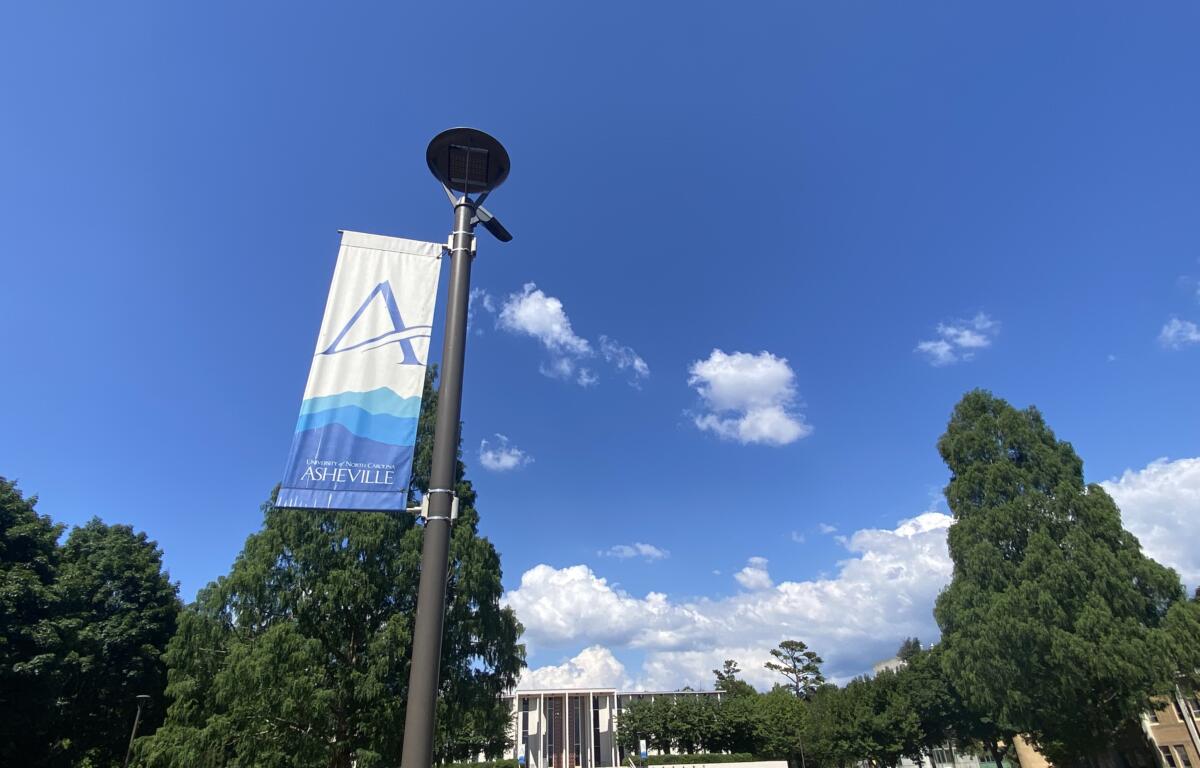ASHEVILLE, N.C. (828newsNOW) — The tennis ball has taken a funky bounce for UNC Asheville.
Asheville Racquet Club Downtown, where the Bulldogs play now, will be taken out by the Interstate 26 Connector Project.
On Thursday, UNCA announced plans to build a $4 million tennis facility on campus. Fundraising plans are underway, UNCA Athletics Director Janel Cone said Monday.
The facility to be built on the site of an existing parking lot at the corner of Broadway and Campus Drive will be funded by donors, corporate partners, alumni and grants.
“We will not break ground until we have all funding in place for the project,” Cone said.
Once construction begins, it should be completed in 18-24 months, Cone said.

“An on-campus facility will support student-athletes, campus and community. Specifically, our student-athletes will be able to practice and play on campus which should help recruitment and retention,” Cone said. “In addition, we plan to use the facility for youth and adult camps and clinics along with tournaments.”
The university also expects to bid on hosting the Big South Conference and other tennis championships, such as USTA Adaptive Tennis, a news release from the school said.
The facility will feature six competition courts with viewing stands. Plans also include a dedicated tennis building that will house coaches’ offices, team locker rooms, storage, a sports medicine room and public bathrooms.
“The new tennis facility will allow us to grow our programs by offering our student-athletes top-notch training facilities,” head women’s tennis coach Lise Gregory said in the news release. “The teams will finally have their own locker rooms and other amenities that will help them in their daily lives as students first and athletes second.”
“First, having the proposed facility at our disposal on campus will greatly enhance our student-athlete experience,” head men’s tennis coach Matt Frost said in the release. “Second, it will greatly improve our recruiting and retention of student-athletes as we set out on our journey to become a dominant force in the Big South.”


